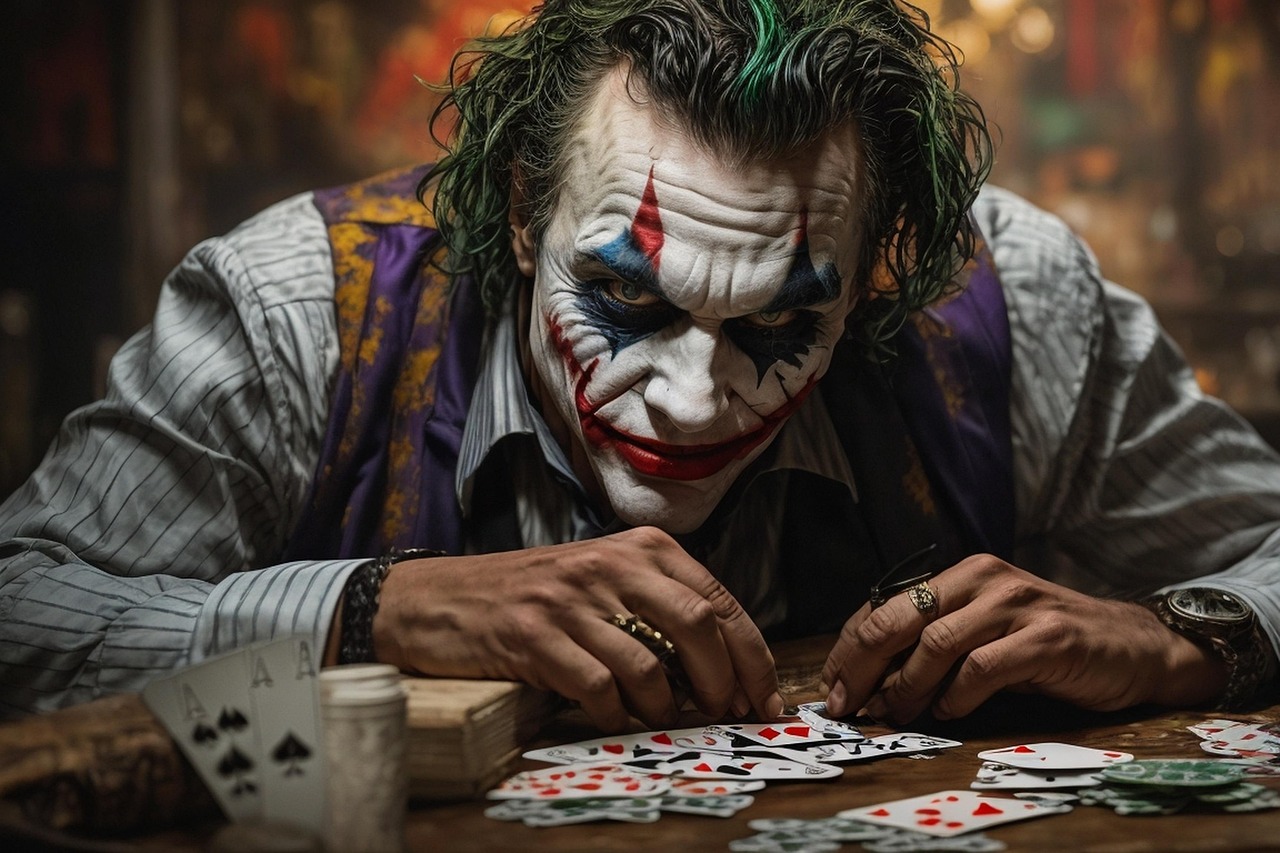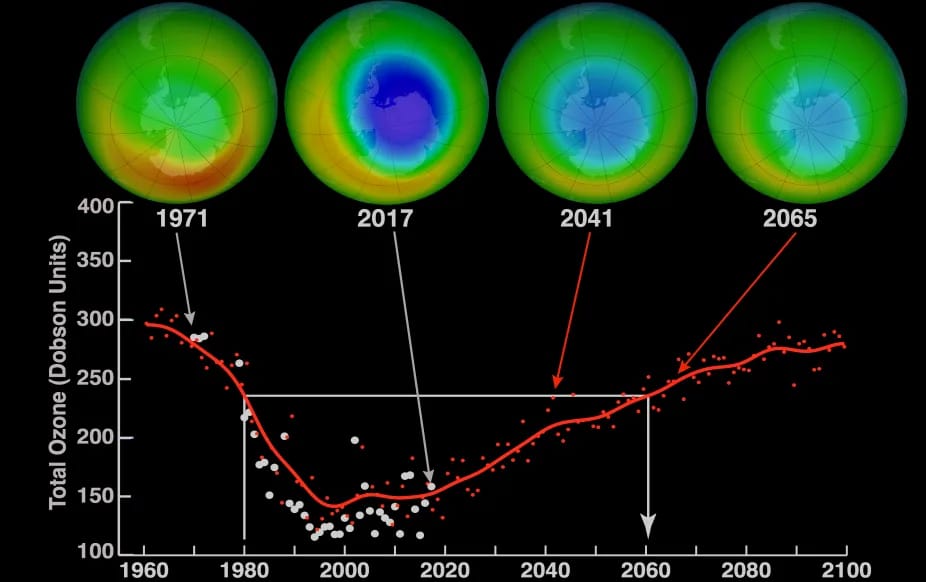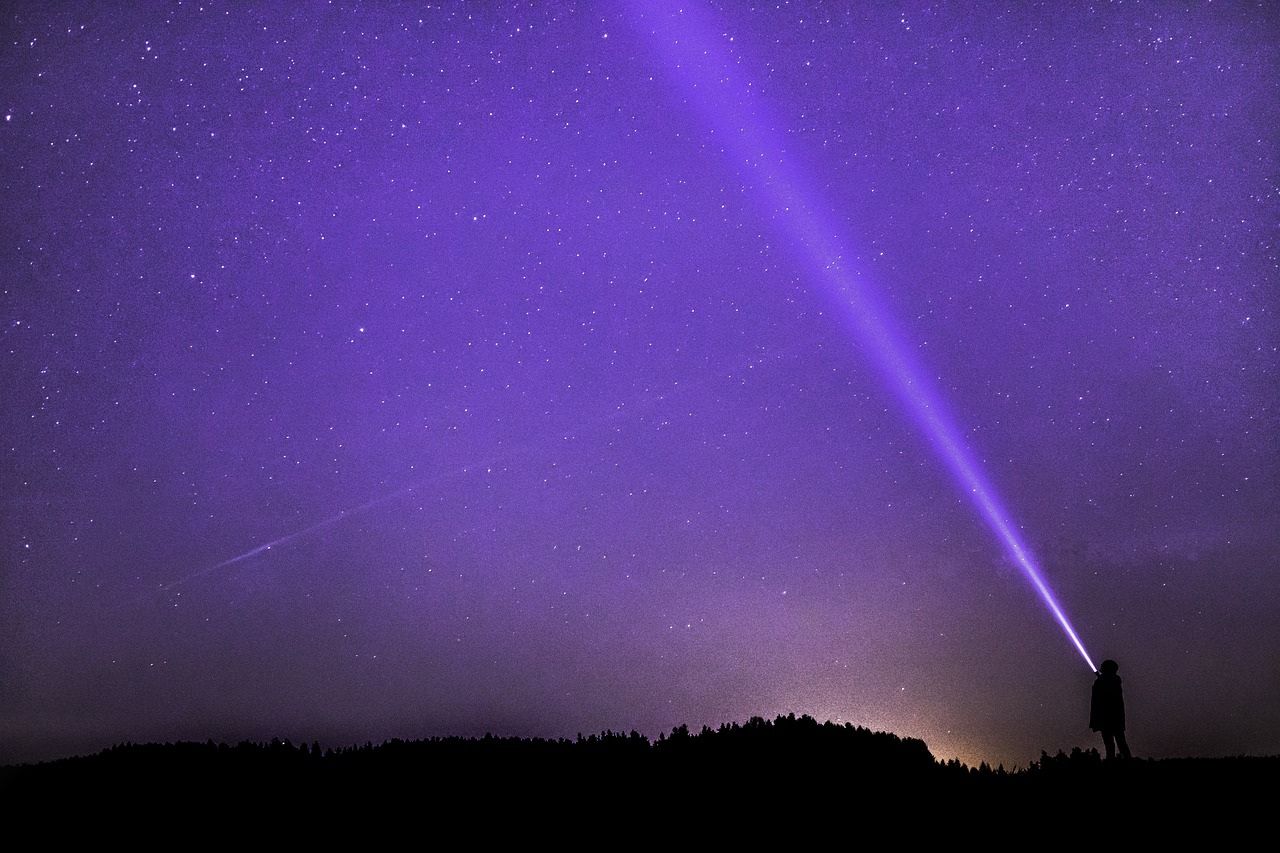The Bad Boy Effect- The Psychology Behind Our Villain Obsession

Literally, I’m in Love with a Criminal: The Psychology Behind Our Villain Obsession
Let’s be real for a second: We’ve all been there. You’re watching a movie, minding your own business, and suddenly, boom!! There he is. The villain. Smirking, scheming, probably dressed in all black. And suddenly, you’re questioning every life decision you’ve ever made because why is your heart racing for the guy who just committed arson!???
Yeah. Welcome to the club. We have jackets. (Leather ones, obviously.)
Whether it’s Loki’s devilish charm, the Joker’s unhinged confidence, or even Draco Malfoy (yeah, we saw that simping—don’t lie), villains have this strange hold on us. And it’s not just fiction—real-life criminals have gotten way too many love letters. (Ted Bundy fan club, y’all okay!?)
But why? Why do we lose our minds over men with red flags brighter than our future? Let’s sink our teeth into the psychology behind our villain obsession.
1. The Bad Boy Effect (Because We’re All A Little Dumb)
Listen. The bad boy trope has been wrecking our sanity for centuries. From Heathcliff in Wuthering Heights to Damon Salvatore in The Vampire Diaries, we’ve been falling for these morally gray men like it’s our full-time job.
Science backs this up. Evolutionary psychologists suggest that traits like confidence, dominance, and risk-taking—all villain-coded traits—were once markers of survival in caveman times. In 2025? It means we’re binge-watching another series where the villain is somehow the hottest person in the room. (Because of course he is.)
From a psychological perspective, this attraction to “bad boys” can be linked to the arousal theory of attraction. Risky, unpredictable behavior triggers a physiological response—increased heart rate, adrenaline—that our brains can misinterpret as romantic or sexual attraction. Essentially, we’re confusing danger with desire.
And let’s be honest: A bad boy in fiction? Perfect. A bad boy in real life? Girl, he’s gonna steal your car and text you “wyd” at 3 AM. Just saying…
2. Complexity is Sexy (And Villains Have It in Spades)
Heroes? Cool, I guess. They do the right thing, save the day, blah blah blah. But villains? Messy. Tragic backstories. Hidden motivations. Morally questionable decisions that make us yell, “Okay, but maybe he has a point?!”
There’s a reason characters like Severus Snape, Kaz Brekker, and The Darkling have the girlies in a chokehold. We love complexity. We love depth. And villains have layers. (Like onions. Or ogres. But hot.)
Psychologically, this ties into the need for cognitive engagement. Humans are naturally drawn to stories, and characters that challenge our understanding of morality and human behavior. Villains often embody this complexity, making them more intriguing than their heroic counterparts.
(Also, redemption arcs? Our kryptonite. We stay hoping for them even when we know they’re not coming.)
3. The Thrill of the Forbidden (Because We Like Chaos)
We have to admit it: breaking the rules is fun. There’s a reason we all watched BookTok explode over Rhysand, Zade Meadows, Jeremy Volkov, and every morally ambiguous man ever. Forbidden love? Chef’s kiss. A villain who is so wrong but feels so right? Inject it into my veins.
This phenomenon is rooted in reactance theory, which suggests that humans are wired to resist restrictions and seek out what is forbidden. The more society (or a story) tells us something is off-limits, the more we want it. Villains, by their very nature, represent the ultimate taboo, making them irresistible.
4. The “I Can Fix Him” Fantasy (Spoiler: You Can’t)
Ah, yes. The delusion that we, personally, can redeem a villain. As the tale goes: girl meets villain, girl thinks her love can redeem him, girl ends up in a body bag. (Okay, maybe not the last part, but you get the idea.)
This taps into our nurturing instincts and the savior complex, a psychological pattern where individuals believe they can “save” or “fix” someone through their love and care. It’s a dangerous fantasy, but one that’s deeply ingrained in many of us.
Spoiler alert: No, it won’t work. In reality? Run. Or at least, don’t be like the women who wrote love letters to Ted Bundy during his trial because "he was cute." Sis, he was also literally a serial killer.
5. Media’s Role in Romanticizing Villains (Thanks, Hollywood)
Let’s be real: Hollywood knows exactly what they’re doing. They make villains hot. (See: Loki, Erik Killmonger, Kylo Ren.) And it’s not just movies—BookTok is carrying this trope on its back.
It’s not even just about the books anymore—it’s the edits, the slow-mo, the angsty quotes, the dramatic soundtracks. (You know exactly what I’m talking about.)
From a psychological standpoint, this is a form of classical conditioning. By pairing villainous characters with attractive actors, dramatic music, and emotional storytelling, media trains our brains to associate these characters with positive feelings—even when their actions are objectively terrible.
6. Real-Life Hybristophilia (AKA, When It Gets Concerning)
Okay, time to get serious for a sec. There’s a genuine psychological condition called hybristophilia, where people are sexually attracted to criminals. And yeah, it’s a thing. Ted Bundy had a whole fanbase during his trial. Richard Ramirez got married in prison. And even recently, Luigi Mangione had people thirsting over his mugshot (like, why?).
Hybristophilia is often linked to a combination of factors, including a desire for notoriety, a fascination with danger, and, in some cases, underlying psychological issues. While fictional villains are harmless fun, real-life criminals? Girl, that’s jail time.
7. The Hero-Villain Dichotomy (Why Heroes Are Just... Meh)
At the end of the day, villains simply have more. More depth, more conflict, more intrigue. Heroes are cool, sure, but villains? They make things interesting.
Psychologically, this ties into the concept of contrast. Heroes often represent ideals—perfection, morality, and predictability. Villains, on the other hand, embody chaos, imperfection, and unpredictability. And as humans, we’re naturally drawn to what challenges the status quo.
And let’s be honest: If we were in a fictional world, we wouldn’t be the noble hero either. We’d be the morally ambiguous anti-hero, making questionable choices while looking fabulous. Admit it.
Final Thoughts
So, the next time you find yourself simping over a villain, don’t even stress. It’s literally science. Psychology. Evolution. Hollywood brainwashing. You’re not alone, bestie.
(Just, you know—keep it fictional. If you ever meet a real criminal, RUN. Or if you’re bold, ask him for tips on how to make that one annoying professor disappear… joking!! …unless?)
At the end of the day, villains bring out our fascination with danger, complexity, and forbidden attraction. And if loving a good villain is wrong? Well. We don’t wanna be right.
About the Author
Written by Aasiya Buhari, a certified villain simp who will absolutely deny it in public. She binge-listens to true crime and is probably reading a dark romance book as we speak. Thanks for reading!!
Similar Post You May Like
-

CFCs, HFCs and their long, troubled history
At its peak, the ozone hole covered an area 7 times larger than the size of Europe, around 29.9 million km2, and was rapidly expanding
-

The Origin of Universe: Deciding point where it all began!
Let us unravel and surf through the ideas throughout ages to understand what the universe and its origin itself was to its inhabitants across history.
-

The Artemis Program
Inspired by the Greek goddess of the Moon, twin sister to Apollo, the artimis program was named on 14 May 2019 by Jim Bridenstine.






